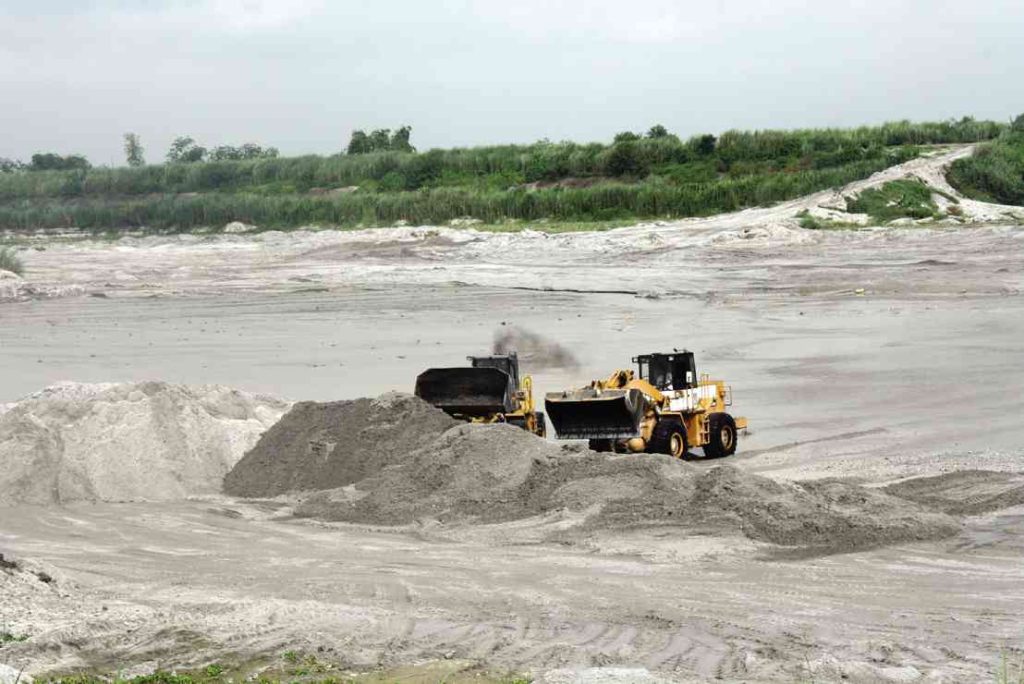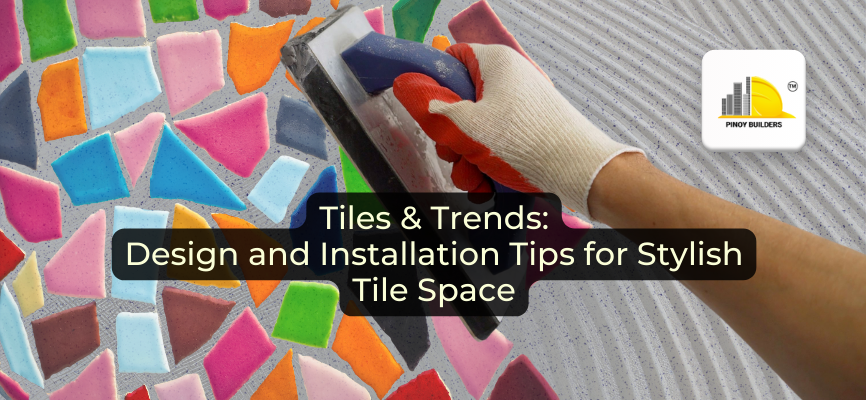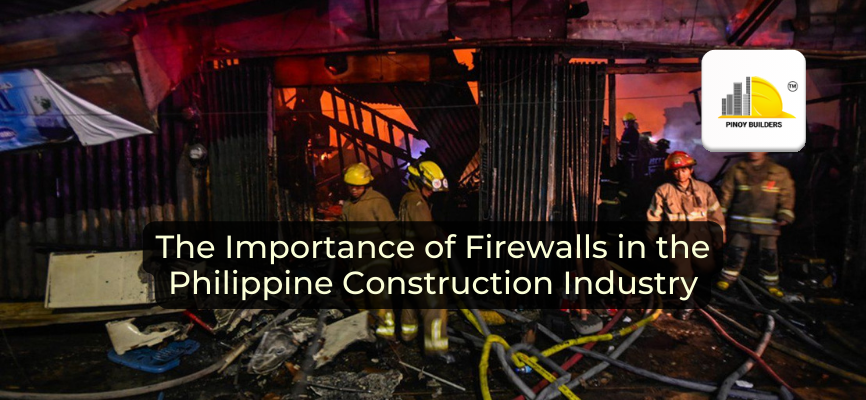Lahar-mixed concrete blocks are common construction materials used in the Philippines. After the 1991 eruption of Mt. Pinatubo, Pampanga’s Municipality of Porac utilized the lahar sand it was buried in to rebuild the residential and commercial spaces in the area. Despite being one of the biggest causes of destruction, lahar sand from the 1991 volcanic eruption was used by the people of Porac to build homes and boost their local economy.
Using lahar sand as a base for creating concrete hollow blocks is beneficial for many construction professionals in the country–for some, it is also a practice supporting sustainability. According to the Porac Municipal Mayor Condralito Dela Cruz, the production and distribution of lahar-mixed concrete is currently their main source of income. These products are also shipped to Metro Manila, where the concrete blocks are mainly used in public infrastructure projects. However, the safety of using lahar sand as a construction material is still debated by many. In this article, we will discuss the sustainability of lahar-mixed concrete blocks and their effectiveness as a durable and safe construction material.
Is It Sustainable To Use Lahar Sand In Construction Projects?

Image from Inquire.net
Using lahar sand in construction projects is a controversial topic that does not only concern construction professionals but also scientists. In terms of sustainability, using lahar sand, or the expelled lava sand from a volcanic eruption is an eco-friendly practice in the construction industry because it reduces the pollution from greenhouse gas emissions and the destruction of natural formations which are the typical results of mining for cement and mineral aggregate production. In addition to this, lahar sand-rich places like Poroc, Pampanga can reduce the amount of sand in their quarries by creating concrete blocks mixed with cement mix.
Are Lahar Sand-Mixed Concrete Blocks Durable and Safe for Construction Use?

Image from Philippine EniviroNews
While lahar sand-mixed concrete blocks are often used in residential, commercial, and public infrastructure projects in the Philippines, concerns are raised by experts regarding the safety of the material. Lahar rocks are not as durable as normal concrete aggregates, and the material is porous as it is mostly filled with air. According to Professor Emeritus of Earth and Environmental Sciences of the University of Illinois Kelvin S. Rodolfo, Ph.D., lahar sand should be eliminated as a property of concrete blocks due to its weak constitution.
Solidity and strength are two of the most important components of construction materials. However, a lahar sand-mixed concrete block’s durability is compromised due to the quality of the sand and its ability to bear weight. Some research papers suggest that lahar sand-mixed concrete blocks are an acceptable alternative to fine aggregates in CLSM, or the low-strength materials used in construction that are used to fill in the gaps in cracks. In this application, lahar sand is a proper substitute for the fine aggregate needed for CLSM, since fluidity is necessary for the material to seep into deep holes and cracks in concrete.
Safety and Sustainability in Construction
Cement-based concrete is a trusted material used for many infrastructure projects all over the world. Still, the goal is to lessen the environmental impact of concrete aggregate production and lahar sand-based concrete is an example of an enforced attempt. In terms of its safety in real-life applications, however, many experts state that lahar sand-based concrete lacks the durability required to be used as one of the main properties of a concrete block used in residential, commercial, and public infrastructures. Using lahar sand in construction projects is indeed eco-friendly and participates in the mitigation of the harmful pollution caused by cement aggregate production, but its proper application in the construction industry still needs to be further studied.
References:
- GMA Network. (2019, May 2). Construction materials from lahar could be a factor in Porac supermarket collapse —geologist Rodolfo. GMA Network. Retrieved December 12, 2023, from https://www.gmanetwork.com/news/topstories/nation/693171/construction-materials-from-lahar-could-be-a-factor-in-porac-supermarket-collapse-geologist-rodolfo/story/
- Inquirer Opinion. (2019, April 30). Don’t build with lahar material | Inquirer Opinion. Inquirer Opinion. Retrieved December 12, 2023, from https://opinion.inquirer.net/121036/dont-build-with-lahar-material
- Typeset.io. (n.d.). Can lahar sand be alternative for construction material? | 3 Answers from Research papers. Typeset.io. Retrieved December 12, 2023, from https://typeset.io/questions/can-lahar-sand-be-alternative-for-construction-material-1w5buz3l3t
- …. (2023, March 2). …. – YouTube. Retrieved December 12, 2023, from https://typeset.io/papers/application-of-mount-pinatubo-lahar-sand-as-fine-aggregate-1p4uowpos1









